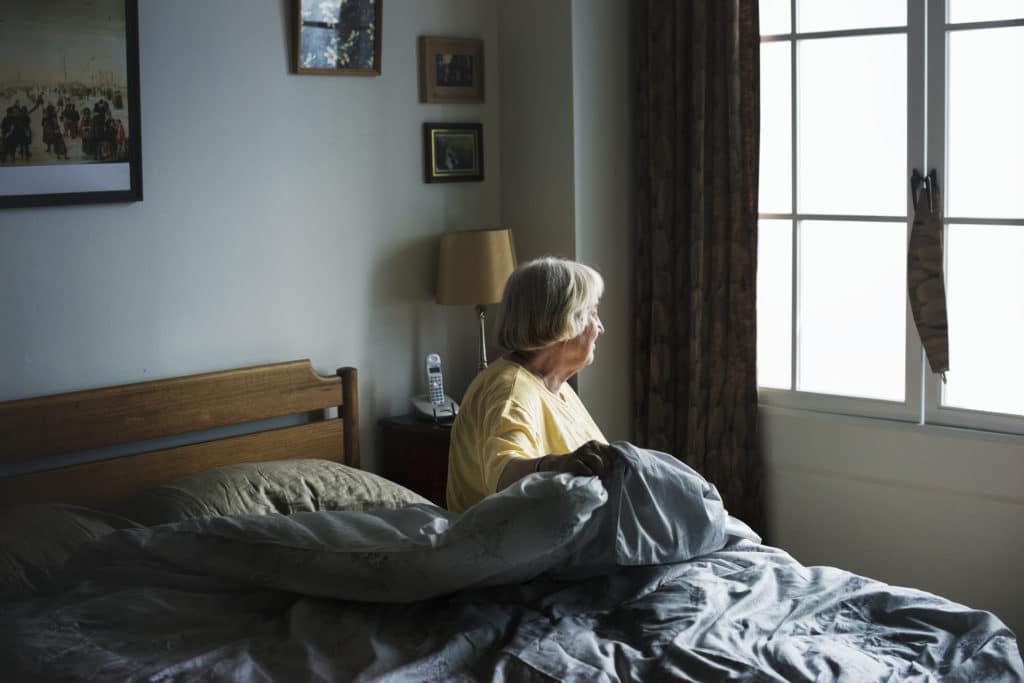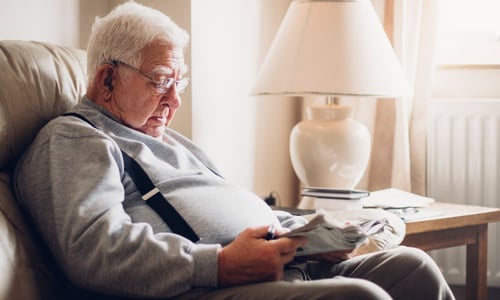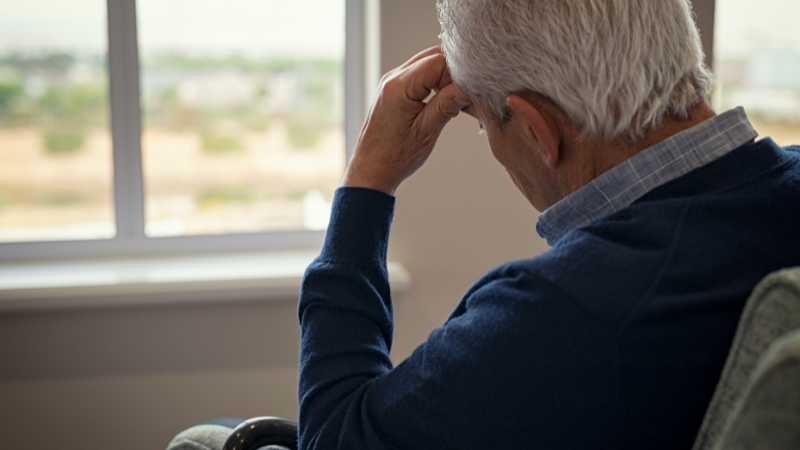As our loved ones age, ensuring their safety becomes a top priority. The best fall detection for nursing homes is a crucial tool in maintaining the wellbeing of elderly residents. Falls are a common concern in nursing homes, and having reliable fall detection systems can make a significant difference in preventing injuries and providing quick assistance when needed.
Nursing homes are places where seniors should feel secure and well-cared for. However, falls remain a leading cause of injury among the elderly. Implementing the best fall detection systems is essential to minimize risks and enhance the quality of life for residents.

Why is Fall Detection Important in Nursing Homes?
Falls can lead to severe injuries, impacting the health and independence of seniors. In nursing homes, where residents may have mobility issues or cognitive impairments, fall detection systems are vital. These systems provide immediate alerts, ensuring that help is on the way quickly.
Understanding Fall Detection Technology
Fall detection technology utilizes sensors and algorithms to identify falls accurately. These systems can be wearable devices, bed sensors, or wall-mounted units. They detect unusual movements and send alerts to caregivers or medical staff, allowing for swift intervention.
Types of Fall Detection Systems
- Wearable Devices: These are worn like a watch or pendant. They are equipped with sensors that detect sudden movements indicative of a fall.
- Bed Sensors: Placed under the mattress, these sensors monitor movement and alert caregivers if a fall is detected during sleep.
- Wall-Mounted Units: Installed in rooms or hallways, these units use motion detection to identify falls within their range.
Key Features to Look for in Fall Detection Systems
When selecting the best fall detection for nursing homes, it’s important to consider features such as:
- Accuracy: The system should accurately detect falls and minimize false alarms.
- Real-Time Alerts: Immediate notifications to caregivers or medical staff are crucial.
- Ease of Use: The system should be user-friendly for both residents and staff.
- Integration with Other Systems: Compatibility with existing monitoring systems can enhance efficiency.
Benefits of Implementing Fall Detection in Nursing Homes
Implementing fall detection systems offers numerous benefits:
- Enhanced Safety: Reduces the risk of injury from falls by ensuring timely assistance.
- Peace of Mind: Provides reassurance to residents and their families that help is readily available.
- Improved Response Time: Quick alerts enable faster response from caregivers.
Challenges and Considerations
While fall detection systems are beneficial, there are challenges to consider:
- Cost: Implementing advanced systems can be expensive.
- Training: Staff must be trained to effectively use and respond to alerts.
- Privacy: Ensuring privacy while using monitoring systems is crucial.
How to Choose the Right Fall Detection System
Choosing the right system involves assessing the specific needs of the nursing home. Consider the layout, number of residents, and existing infrastructure. Consulting with experts and evaluating different options can help make an informed decision.
The Role of Technology in Fall Prevention
Advancements in technology have significantly improved fall prevention strategies. IoT sensors and smart devices are transforming elderly care, offering innovative solutions for safety and independence. IoT sensors are particularly effective in monitoring daily activities and preventing falls.
Case Studies: Successful Implementations of Fall Detection
Several nursing homes have successfully implemented fall detection systems, resulting in reduced fall rates and improved resident satisfaction. These case studies highlight the effectiveness of technology in enhancing safety and care quality.
Future Trends in Fall Detection Technology
The future of fall detection technology is promising, with advancements in AI and machine learning paving the way for more accurate and efficient systems. Continuous innovation will further improve the safety and wellbeing of nursing home residents.
Conclusion
Ensuring the safety of nursing home residents is paramount. The best fall detection for nursing homes not only prevents injuries but also provides peace of mind to families and caregivers. By choosing the right system and staying informed about technological advancements, nursing homes can significantly enhance the quality of care they provide.

FAQ
What is the most reliable fall detection system?
The most reliable systems are those that combine accuracy, real-time alerts, and ease of use. Consulting with experts can help identify the best options for specific needs.
How do fall detection systems work?
Fall detection systems use sensors and algorithms to identify falls based on movement patterns. They send alerts to caregivers or medical staff for immediate assistance.
Are fall detection systems expensive?
The cost varies depending on the type and features of the system. While some may require a significant investment, the benefits in terms of safety and peace of mind are invaluable.
This article contains affiliate links. We may earn a commission at no extra cost to you.






